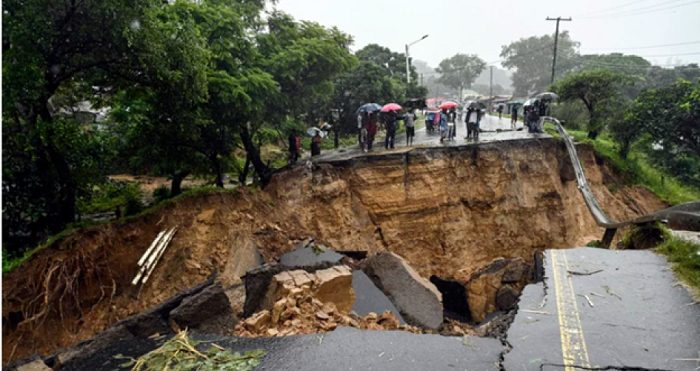The escalating impacts of climate-induced disasters are devastating vulnerable communities in East and Southern Africa. To protect people, livelihoods and economies, countries must prioritise the development and implementation of National Adaptation Plans (NAPs), which serve as crucial roadmaps to build climate resilience.

In 2023, Cyclone Freddy wreaked havoc in Malawi and Mozambique, causing catastrophic flooding, displacement and loss of life. In 2024, Kenya and Ethiopia continued to suffer from recurring droughts that decimated crops, livelihood and ecosystems. In South Africa, extreme flooding highlighted the region’s increasing exposure to climate risks. Meanwhile, in Uganda, a deadly landslide claimed 28 lives, left over 100 missing and destroyed more than 40 households.
These disasters are not isolated incidents – they are part of a growing pattern linked to worsening climate change.
Despite the urgency, only seven countries in the region – Ethiopia, Kenya, Mozambique, South Africa, South Sudan, Zambia and Zimbabwe – have finalised and submitted their NAPs.
NAPs are vital tools for identifying vulnerabilities and integrating climate adaptation into national development strategies. They provide a roadmap for actionable solutions, including:
- Strengthening Early Warning Systems: Investing in robust monitoring and communication systems to provide timely, actionable alerts to communities.
- Promoting Sustainable Land Management: Addressing deforestation, soil erosion, and unsustainable agricultural practices to enhance resilience.
- Implementing Relocation and Resettlement Plans: Developing inclusive strategies for moving communities out of high-risk areas to save lives and livelihoods.
- Scaling Up Adaptation Finance: Mobilising resources through international mechanisms like the Green Climate Fund and leveraging opportunities from multilateral development banks, bilateral donors, the private sector and innovative financing approaches.
By prioritising climate adaptation through NAPs, countries in East and Southern Africa can break the cycle of recurring adversities, protect lives, restore ecosystems and build resilient communities.
As emphasised during UN Climate Change Conference COP29 held November 2024, enhanced collaboration between governments, development partners and local communities, alongside international technical and financial support, is vital for implementing these plans and fostering long-term climate resilience.
